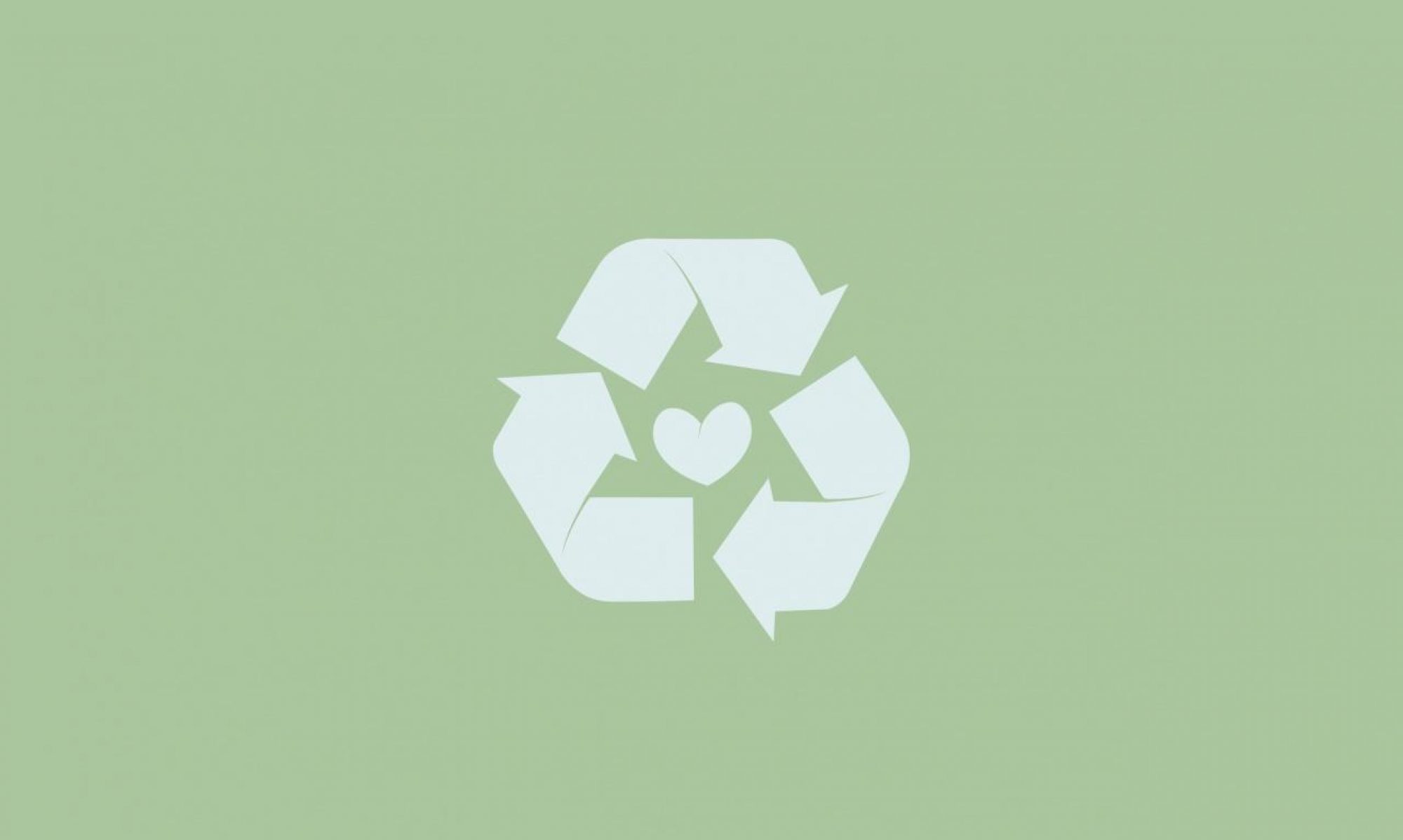The most significant risk to our project is integrating our major components together before the interim demo. So far, we have tested all of the individual components individually such as the sensors, camera, and image classifier, but we still need to mount the sensors, camera, and mechanism to the trash exterior. We decided that integrating all of the parts together was not necessary for the demo, but we would like to have most of the major components integrated. To mitigate this risk, we have been testing each of the components incrementally as they are integrated. For example, we tested the sensors alone, then the sensors with the Jetson Nano, then the sensors with the Jetson Nano and the sensor platform. By testing everything in stages, we can fix problems early and speed up the integration process.
Because our Jetson Xavier has become unresponsive, we are switching to a Jetson Nano. Because we had originally planned to use the Jetson Nano, we are still confident that it can meet our latency metrics.
We have adjusted the dimensions of our sensor box (that an object goes into) so that it is 8″ x 10″ (L x W) instead of 10″ x 10″. This change was necessary since the exterior wood pieces were found to be slightly too small to accommodate part of the mechanism, and we would prefer not to re-purchase and re-cut the wood again. The cost of doing this is laser cutting 4 more pieces of wood to create the sensor box (excluding the bottom, which is already built). The adjustment of these dimensions doesn’t affect other parts of our project, and small to medium-sized objects still fit in the box, so user experience doesn’t decrease.
No changes have been made to the schedule.
